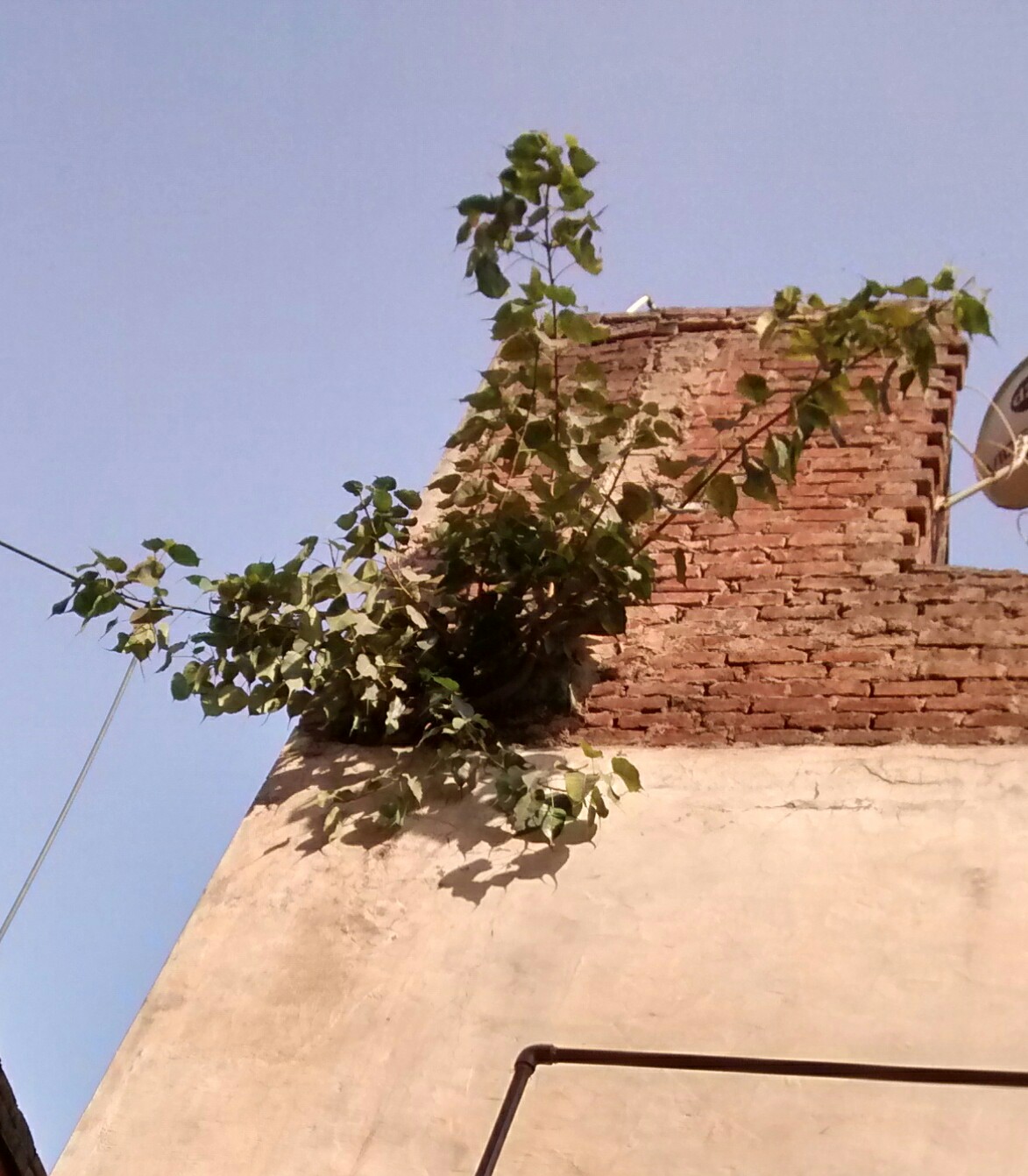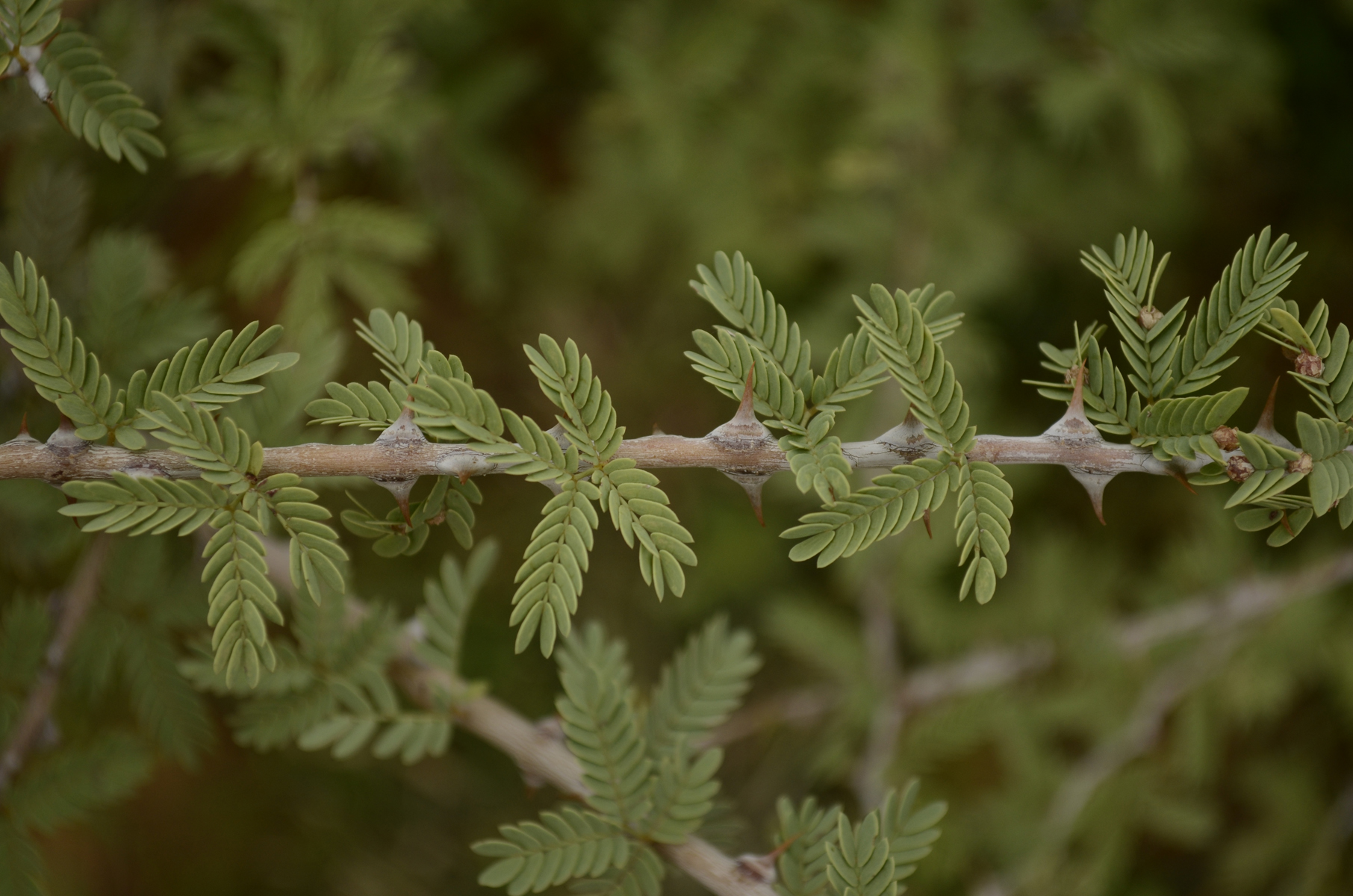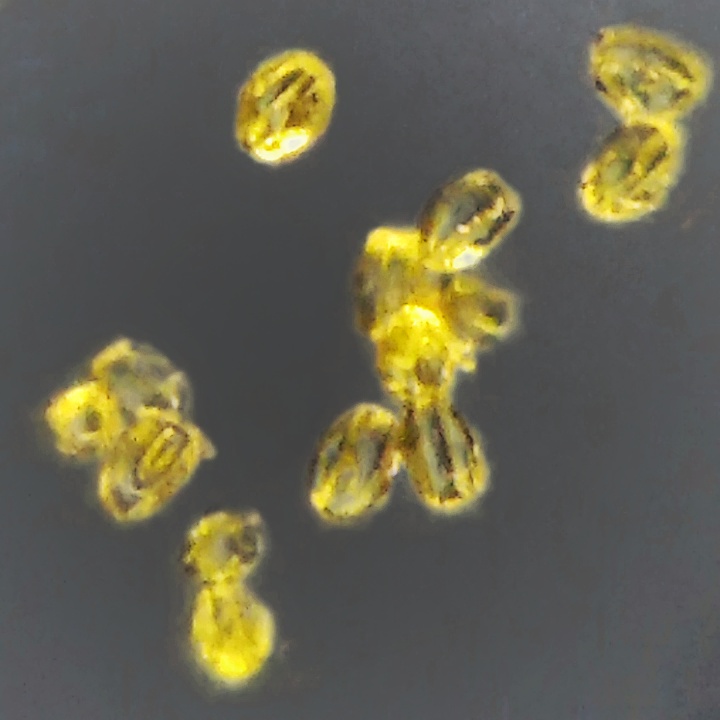|
Chhilchhila Wildlife Sanctuary
The Chhilchhila Wildlife Sanctuary (Hindi: छिलछिला वन्यजीव अभयारण्य), also known as Seonthi Reserve Forest, is located near Kurukshetra University in Kurukshetra district in the Indian state of Haryana. Baba Rodanath Dera temple is on the periphery of the Chhilchhila Sanctuary. The sanctuary is about to the west of Kurukshetra University. From the Pehowa-Kurukshetra Road at Bhor Saidan, it is nearly 10 km south on Bhor Saidan - Sarsa Road. Crocodile Breeding Centre, Kurukshetra is located at Bhor Saidan on Pehowa-Kurukshetra Road. The Chhilchhila Sanctuary is located in a depression which has a small lake created by an embankment. The sanctuary, as a staging and wintering ground of avifauna, has recorded (between April 2009 and March 2012) 57 species (33 winter migrants, 2 summer migrants and 22 resident species) of both resident and migrant wetland birds which belong to 37 genera and 16 families. Two species which have been cla ... [...More Info...] [...Related Items...] OR: [Wikipedia] [Google] [Baidu] |
Kurukshetra District
Kurukshetra district is one of the 22 districts of Haryana state in northern India. The town of Kurukshetra, a sacred place for the Hindus, is the administrative headquarters of this district. The district occupies an area of 1530.00 km². The district has a population of 964,655 (2011 census). This district is part of Ambala division. Kurukshetra is also the land of Srimad Bhagawad Gita. Jyotisar is the place in Kurukshetra where Krishna is believed to deliver the sermon of Gita to Arjuna in the Mahabharata. Origin of name The district derived its name from the ancient region of Kurukshetra, which literally means the land of the Kurus. It is believed that the Kurukshetra war described in the Puranas and the war was fought here and Shri Krishna preached the Bhagavat Gita to Arjuna on the battlefield before the war. History The district was carved out from the erstwhile Karnal district in 1973. Later some parts of this district were transferred to Kaithal and Yamuna Nagar ... [...More Info...] [...Related Items...] OR: [Wikipedia] [Google] [Baidu] |
Crustaceans
Crustaceans (Crustacea, ) form a large, diverse arthropod taxon which includes such animals as decapods, seed shrimp, branchiopods, fish lice, krill, remipedes, isopods, barnacles, copepods, amphipods and mantis shrimp. The crustacean group can be treated as a subphylum under the clade Mandibulata. It is now well accepted that the hexapods emerged deep in the Crustacean group, with the completed group referred to as Pancrustacea. Some crustaceans (Remipedia, Cephalocarida, Branchiopoda) are more closely related to insects and the other hexapods than they are to certain other crustaceans. The 67,000 described species range in size from '' Stygotantulus stocki'' at , to the Japanese spider crab with a leg span of up to and a mass of . Like other arthropods, crustaceans have an exoskeleton, which they moult to grow. They are distinguished from other groups of arthropods, such as insects, myriapods and chelicerates, by the possession of biramous (two-parted) limbs, and by th ... [...More Info...] [...Related Items...] OR: [Wikipedia] [Google] [Baidu] |
Capparis Decidua
''Capparis decidua'', commonly known as karira, is a useful plant in its marginal habitat. Description It is a small much-branched tree or shrub. It bears a mass of slender, gray-green leafless branches, the small caducous leaves being found only on young shoots. It rarely exceeds a height of .Burdak, L.R. (1982). Recent Advances in Desert Afforestation- Dissertation submitted to Shri R.N. Kaul, Director, Forestry Research, F.R.I., Dehra Dun. p. 55 The new flush of leaves appears in November–January. Red conspicuous flowers appear in March to April and August–September and ripe by May and October. The pink fleshy berries are readily eaten by birds. It coppices well and produces root suckers freely. It is extremely drought-resistant and tolerates some frost. Distribution and habitat It can be found in arid regions in North Africa, the Middle East, and South Asia, including the Thar desert. Khair city in Uttar Pradesh, India is famous for Kair trees. Uses The fruit an ... [...More Info...] [...Related Items...] OR: [Wikipedia] [Google] [Baidu] |
Dalbergia Sissoo
''Dalbergia sissoo'', known commonly as North Indian rosewood or ''shisham'', is a fast-growing, hardy, deciduous rosewood tree native to the Indian subcontinent and southern Iran. ''D. sissoo'' is a large, crooked tree with long, leathery leaves and whitish or pink flowers. Description ''Dalbergia sissoo'' is a medium to large deciduous tree with a light crown, which reproduces by seeds and suckers. It can grow up to in height and in diameter, but is usually smaller. Trunks are often crooked when grown in the open. Leaves are leathery, alternate, pinnately compound, and about long. Flowers are whitish to pink, fragrant, nearly sessile, up to long, and in dense clusters in length. Pods are oblong, flat, thin, strap-like, long, wide, and light brown. They contain one to five flat, bean-shaped seeds, long. They have a long taproot and numerous surface roots that produce suckers. Young shoots are downy and drooping; established stems have light brown to dark gray bark, up ... [...More Info...] [...Related Items...] OR: [Wikipedia] [Google] [Baidu] |
Ficus Religiosa
''Ficus religiosa'' or sacred fig is a species of Ficus, fig native to the Indian subcontinent and Indochina that belongs to Moraceae, the fig or mulberry family. It is also known as the bodhi tree, pippala tree, peepul tree, peepal tree, pipal tree, or Ashvattha, ashvattha tree (in India and Nepal). The sacred fig is considered to have a religious significance in three major religions that originated on the Indian subcontinent, Hinduism, Buddhism and Jainism. Hindu and Jain ascetics consider the species to be sacred and often meditate under it. This is the tree under which Gautama Buddha is believed to have attained enlightenment. The sacred fig is the List of Indian state symbols, state tree of the Indian states of Odisha, Bihar and Haryana. Description ''Ficus religiosa'' is a large dry season-deciduous or semi-evergreen tree up to tall and with a tree trunk, trunk diameter of up to . The leaf, leaves are Wiktionary:cordate, cordate in shape with a distinctive extended Glo ... [...More Info...] [...Related Items...] OR: [Wikipedia] [Google] [Baidu] |
Cassia Tora
:''This page is about the ''Cassia tora'' described by Linnaeus. Later authors usually applied the taxon to ''Senna obtusifolia. ''Senna tora'' (originally described by Linnaeus as ''Cassia tora'') is a plant species in the family Fabaceae and the subfamily Caesalpinioideae. Its name is derived from its Sinhala name tora (තෝර). It grows wild in most of the tropics and is considered a weed in many places. Its native range is in Central America. Its most common English name is sickle senna or sickle wild sensitive-plant. Other common names include sickle pod, tora, coffee pod and foetid cassia. It is often confused with Chinese senna or sickle pod, ''Senna obtusifolia''. Description ''Senna tora'' is an herbaceous annual foetid herb. The plant can grow tall and consists of alternative pinnate leaves with leaflets mostly with three opposite pairs that are obovate in shape with a rounded tip. The leaves grow up to 3–4.5 centimeters long. The stems have distinct smelling fo ... [...More Info...] [...Related Items...] OR: [Wikipedia] [Google] [Baidu] |
Prosopis Juliflora
''Prosopis juliflora'' ( es, bayahonda blanca, Cuji Venezuela, Trupillo Colombia, Aippia Wayuunaiki and long-thorn kiawe in Hawaii) is a shrub or small tree in the family Fabaceae, a kind of mesquite. It is native to Mexico, South America and the Caribbean. It has become established as an invasive weed in Africa, Asia, Australia and elsewhere. It is a contributing factor to continuing transmission of malaria, especially during dry periods when sugar sources from native plants are largely unavailable to mosquitoes. Description Growing to a height of up to , ''P. juliflora'' has a trunk diameter of up to . Its leaves are deciduous, geminate-pinnate, light green, with 12 to 20 leaflets. Flowers appear shortly after leaf development. The flowers are in long green-yellow cylindrical spikes, which occur in clusters of 2 to 5 at the ends of branches. Pods are long and contain between 10 and 30 seeds per pod. A mature plant can produce hundreds of thousands of seeds. See ... [...More Info...] [...Related Items...] OR: [Wikipedia] [Google] [Baidu] |
Ziziphus Jujuba
Jujube (), sometimes jujuba, known by the scientific name ''Ziziphus jujuba'' and also called red date, Chinese date, and Chinese jujube, is a species in the genus ''Ziziphus'' in the buckthorn family Rhamnaceae. Description It is a small deciduous tree or shrub reaching a height of , usually with thorny branches. The leaves are shiny-green, ovate-acute, long and wide, with three conspicuous veins at the base, and a finely toothed margin. The flowers are small, wide, with five inconspicuous yellowish-green petals. The fruit is an edible oval drupe deep; when immature it is smooth-green, with the consistency and taste of an apple with lower acidity, maturing brown to purplish-black, and eventually wrinkled, looking like a small date palm, date. There is a single hard kernel, similar to an olive, olive pit, containing two seeds. Chemistry Leaves contain saponin and ziziphin, which suppresses the ability to perceive sweet taste. Flavinoids found in the fruits include ... [...More Info...] [...Related Items...] OR: [Wikipedia] [Google] [Baidu] |
Ficus Benghalensis
''Ficus benghalensis'', commonly known as the banyan, banyan fig and Indian banyan, is a tree native to the Indian Subcontinent. Specimens in India are among the largest trees in the world by canopy coverage. It also known as the " strangler fig" because it starts out as epiphyte, that is, leaning on another tree that it ends up suffocating. Description ''Ficus benghalensis'' is an evergreen, fast-growing tree found mainly in monsoon and rainforests, that can reach a height of up to 30 meters. It is resistant to drought and mild frost. It produces propagating roots which grow downwards as aerial roots on the branches that grow downward like lianas. Once these roots reach the ground, they take root and become woody trunks and supportive. The figs produced by the tree are eaten by birds such as the Indian myna. Fig seeds that pass through the digestive system of birds are more likely to germinate and sprout earlier. Reproduction Banyan trees reproduce easily by seed or by s ... [...More Info...] [...Related Items...] OR: [Wikipedia] [Google] [Baidu] |
Eucalyptus
''Eucalyptus'' () is a genus of over seven hundred species of flowering trees, shrubs or mallees in the myrtle family, Myrtaceae. Along with several other genera in the tribe Eucalypteae, including '' Corymbia'', they are commonly known as eucalypts. Plants in the genus ''Eucalyptus'' have bark that is either smooth, fibrous, hard or stringy, leaves with oil glands, and sepals and petals that are fused to form a "cap" or operculum over the stamens. The fruit is a woody capsule commonly referred to as a "gumnut". Most species of ''Eucalyptus'' are native to Australia, and every state and territory has representative species. About three-quarters of Australian forests are eucalypt forests. Wildfire is a feature of the Australian landscape and many eucalypt species are adapted to fire, and resprout after fire or have seeds which survive fire. A few species are native to islands north of Australia and a smaller number are only found outside the continent. Eucalypts have been grow ... [...More Info...] [...Related Items...] OR: [Wikipedia] [Google] [Baidu] |
Prosopis Cineraria
''Prosopis cineraria'', also known as ghaf, is a species of flowering tree in the pea family, Fabaceae. It is native to arid portions of Western Asia and the Indian Subcontinent, including Afghanistan, Bahrain, Iran, India, Oman, Pakistan, Saudi Arabia, the United Arab Emirates and Yemen. Its leaves are shattered and stripy along its branch. It can survive extreme drought. It is an established introduced species in parts of Southeast Asia, including Indonesia. The ʿGhaf is the national tree of the United Arab Emirates. Through the ''Give a Ghaf campaign'' its citizens are urged to plant it in their gardens to combat desertification and to preserve their country's heritage. The desert village of Nazwa in the UAE is home to the Al Ghaf Conservation Reserve. ''Prosopis cineraria'' is also the state tree of Rajasthan (where it is known as Khejri), Western Uttar Pradesh (where it is known as Chhonkara) and Telangana (where it is known as ''Jammi'' ) in India. A large and well-kno ... [...More Info...] [...Related Items...] OR: [Wikipedia] [Google] [Baidu] |
Azadirachta Indica
''Azadirachta indica'', commonly known as neem, nimtree or Indian lilac, is a tree in the mahogany family Meliaceae. It is one of two species in the genus ''Azadirachta'', and is native to the Indian subcontinent and most of the countries in Africa. It is typically grown in tropical and semi-tropical regions. Neem trees also grow on islands in southern Iran. Its fruits and seeds are the source of neem oil. Description Neem is a fast-growing tree that can reach a height of , and rarely . It is deciduous, shedding many of its leaves during the dry winter months. The branches are wide and spreading. The fairly dense crown is roundish and may reach a diameter of . The neem tree is similar in appearance to its relative, the chinaberry (''Melia azedarach''). The opposite, pinnate leaves are long, with 20 to 30 medium to dark green leaflets about long. The terminal leaflet often is missing. The Petiole (botany), petioles are short. White and fragrant flowers are arranged in more-or- ... [...More Info...] [...Related Items...] OR: [Wikipedia] [Google] [Baidu] |


_ji_Bhaaji.jpg)






